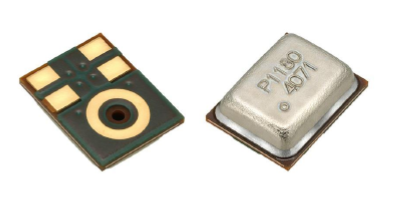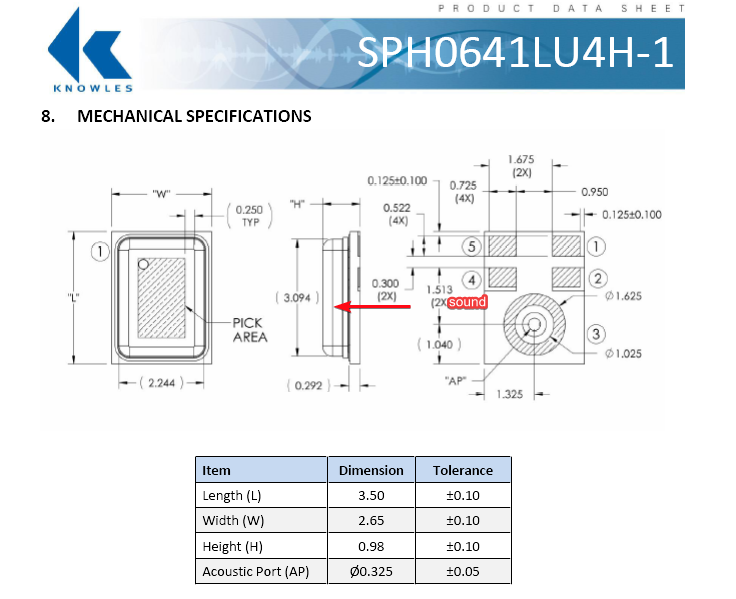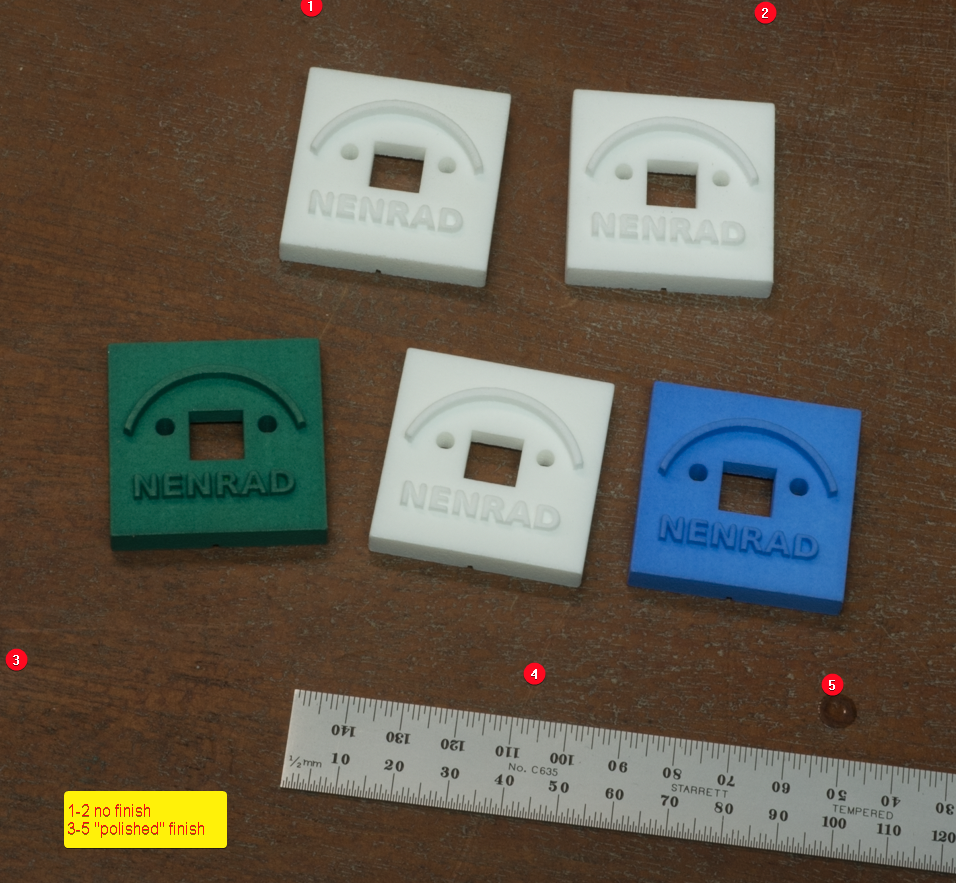The aircraft decibel monitoring project I am building has as its central component a printed circuit board (“PCB”) made by PCB Artists called I2C Decibel Sound Level Meter Module (“Decibel Monitor”). (I2C stands for the electronic circuitry protocol Inter-Integrated Circuit (pronounced as “eye-squared-see” or “eye-two-see”).)

Since the Decibel Monitor uses I2C, it’s a cinch to connect it to a Raspberry Pi single board computer. The Decibel Monitor uses a mems (micro-electromechanical systems) microphone just like your phone uses. Look at the board above and you will see a small metallic component in the center of the board: that is a mems microphone. A mems microphone is a small metal shell that solders onto a circuit board and has a small hole in its base that allows sound waves to enter the shell’s chamber and be measured. It’s like a limpet that attaches to a circuit board. The trick, however, is to have the hole so the sound waves can enter the component.


The Decibel Monitor’s board needs to be mounted so the small hole from the mems microphone and the adjacent small hole through the circuit board faces the outside allowing sound waves to enter the chamber to be measured. The challenge is to construct an box able to withstand the outdoor elements that can protect the circuitry, secure the board against a wall while allowing the sounds to be captured.
Mixing electronics and outdoor weather is a recipe for failure because Nature can be very harsh: heat, moisture, & bugs. I researched the AudioMoth Project which is an acoustic logger designed to work in remote locations and it started as a research project at the University of Southampton having as its goal: monitoring anthropogenic disturbances in the tropical forests of Belize, i.e. detecting poachers in nature reserves. I reviewed their forum to see how their outdoor cases held up and determined that their outdoor cases had long term problems… e.g., bugs invaded, the plastic membrane designed to protect the mems microphone failed.
I decided to build my own face plate and hoping that the bugs of the USA urban areas might not as invasive as Belize or Africa. To accomplish this, I utilized the open source software FreeCAD and designed a face plate that could be secured against the Decibel Monitor, provide a bit of water protection and a bit of insect protection. It’s a sandwich design: Decibel Monitor on the inside, box surface in the middle, and face plate on the outside. I have a recess designed in the faceplate to hold a stainless steel screen and allow for moisture to drip down through a “weep” hole.
Here’s the face plate I designed displayed in a 3D viewer below: you can move the object around with your mouse depressing a mouse key and then moving your mouse to cause the object twist and twirl:
I had the part printed in nylon by Sculpteo, a subsidiary of BASF. Here are the six print-outs I ordered: 2 – regular finish, 4 polished finished with one in green and one inblue color.

Here’s the face plate affixed to the weather resistant box that houses the Decibel Module.

NENRAD represents an effort I created to unite neighbors into considering the noise generated above our neighborhood from aircraft. The unit this module will connect to will be deployed in the next several weeks, I’m finalizing a circuit board, called a “uHAT”, to work with the Raspberry Pi Zero 2 W board that will connect everything together. More on that in a later topic.
Leave a Reply